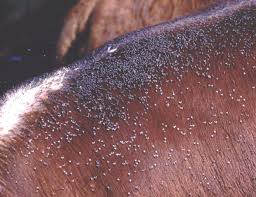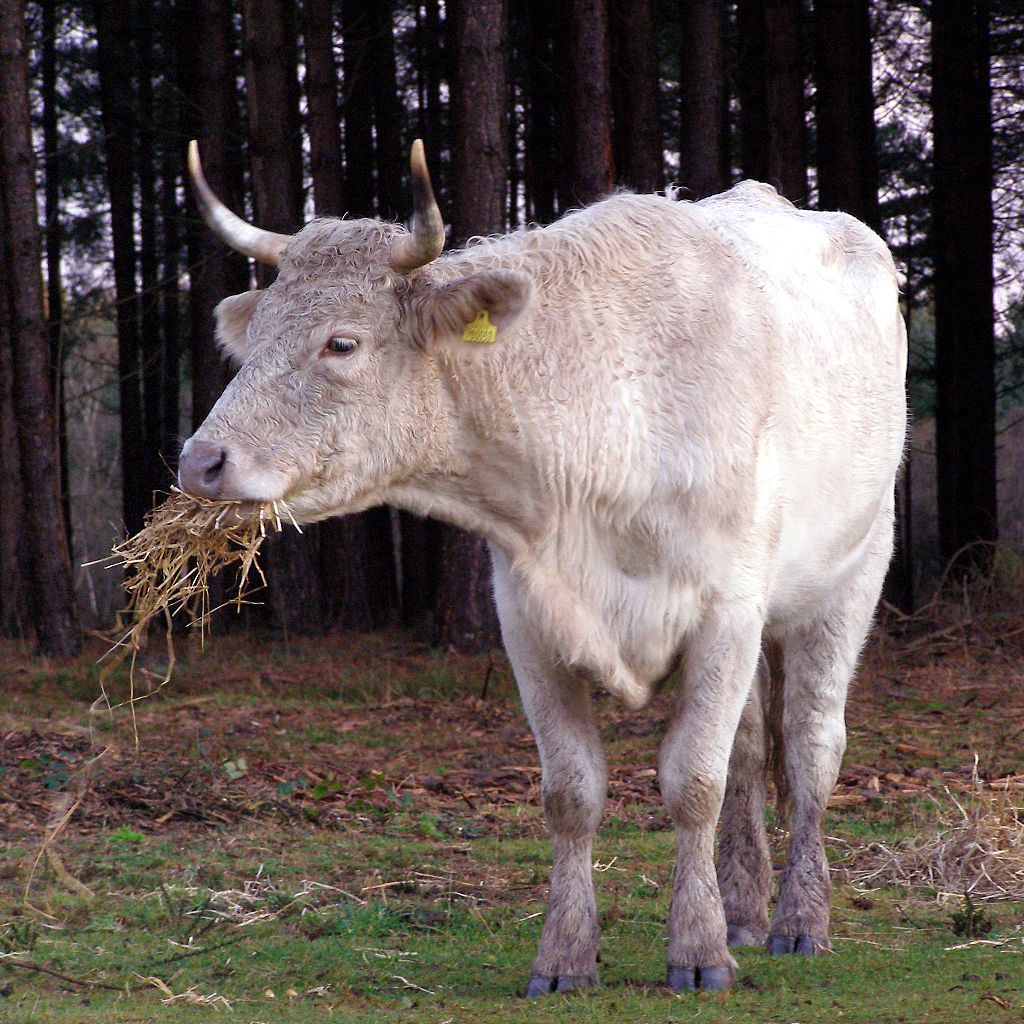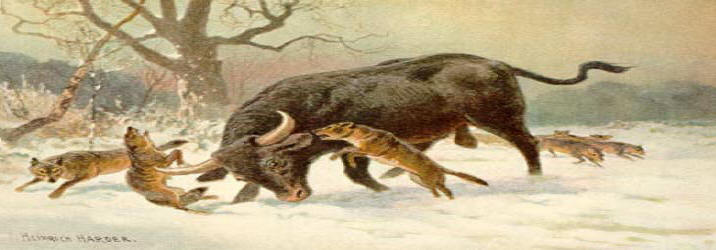Interactions
The Bos primigenius did not have many interactions with other species,
besides the parasitism of flies laying eggs on their backs.
The flies could pass on cattl e diseases that could kill
the aurochs. There are
three main types of flies that would have carried diseases that
the Aurochs could have gotten. These three flies include
the stable fly, the horn fly, and the face flies. Another
parasite is a tapeworm, which is a flat worm that lives mainly
in the gut of organisms. If you want to learn more about this
interesting organisms called a tapeworm click
here.
e diseases that could kill
the aurochs. There are
three main types of flies that would have carried diseases that
the Aurochs could have gotten. These three flies include
the stable fly, the horn fly, and the face flies. Another
parasite is a tapeworm, which is a flat worm that lives mainly
in the gut of organisms. If you want to learn more about this
interesting organisms called a tapeworm click
here.
This picture to the right shows the Bos primigenius with hornflies covering its back.
The Bos
primigenius' diet depended on the season.
In fall, they ate less grass and m ore trees and bushes around
them. The winter diet consisted of not only grass, but the bark and
branches from the trees.
In the spring and summertime, aurochs ate grasses, herbs, and leaves
of trees and bushes.
ore trees and bushes around
them. The winter diet consisted of not only grass, but the bark and
branches from the trees.
In the spring and summertime, aurochs ate grasses, herbs, and leaves
of trees and bushes.
Bos primigenius was a food source for humans up until 1627. The species was very similar to the domesticated cow in terms of nutrients and proteins that humans receive from the aurochs (Van Vuure, 2002).To find out about another organism that humans use for consumption called brewers yeast click here.
This creature sonds pretty cool right? Well there are more fascinating facts on the next page! Just follow the link.
<<History & Reproduction Home Facts>>
